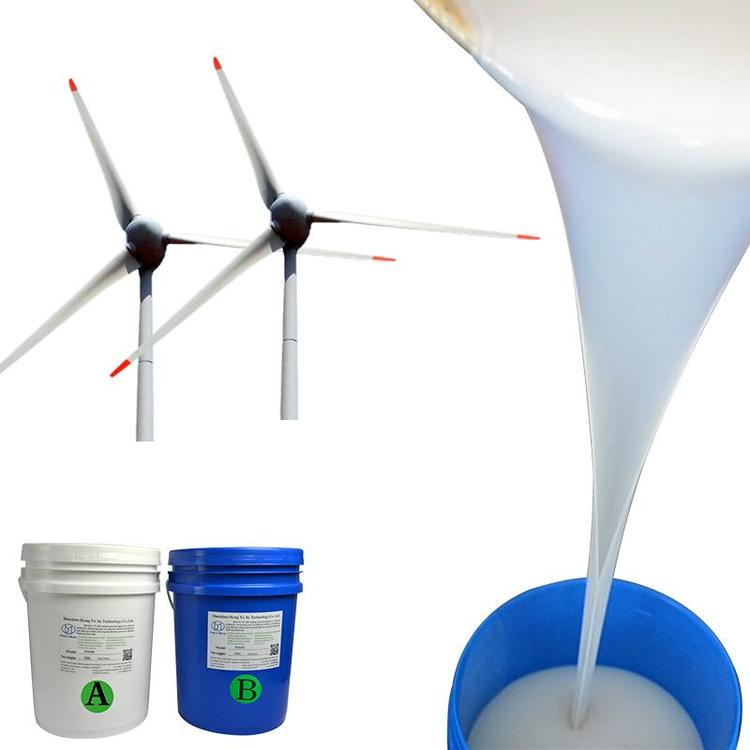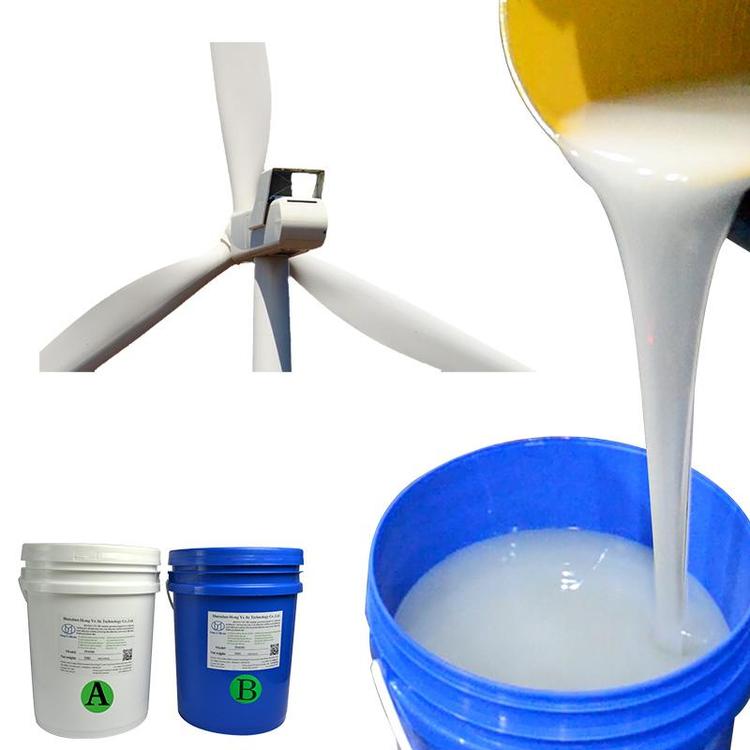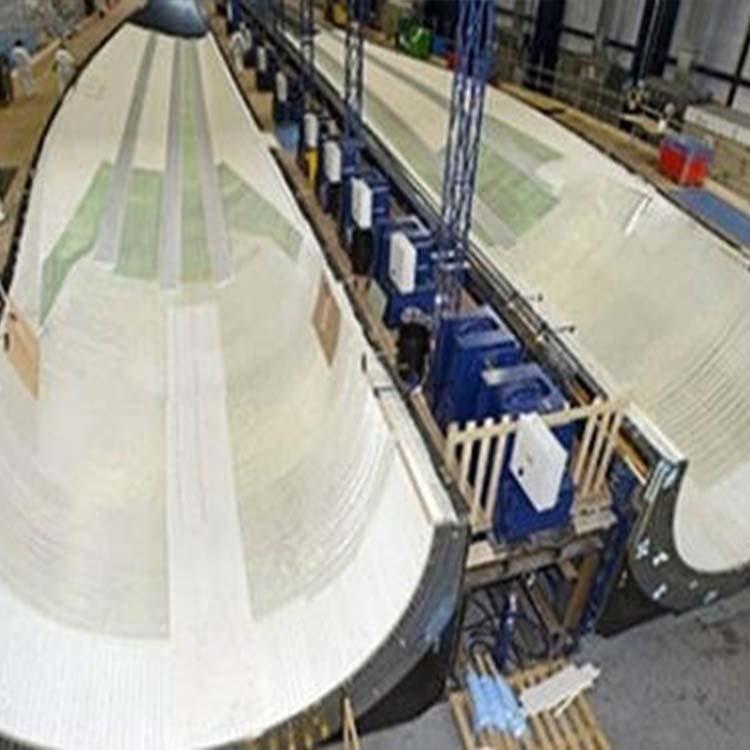Product No:HY-E series
Brand:HONG YE JIE
Product Usage:This paper introduces a process of making vacuum bags with machine sprayed silicone rubber. Generally speaking there are two ways to make silicone rubber vacuum bags. One is to brush silicone manually. This process is labor-intensive and has low production efficiency. Therefore one process is to spray silica gel with machine. This production process has higher production efficiency and less labor.
INTRODUCTION
Wind turbine blade manufacturing is an important part of wind turbine, and the cost of traditional methods is also high. Because the traditional blade production generally adopts the mold opening process, there will be a large number of volatile toxic gases such as styrene in the production process, which will bring harm to the operator and the environment. On the other hand, with the increase of blade size, in order to ensure the stable operation of generator and the safety of tower, it is necessary to ensure that the blade has light weight and uniform weight distribution, which promotes the development of blade production process from open die to closed die. Using the closed mold process, such as the vacuum molding process commonly used now, can not only greatly reduce the volatilization of styrene in the molding process, but also make it easier to accurately control the resin content, so as to ensure the uniformity of the quality division of the composite blade and improve the quality stability of the blade.

APPLICATION
The following describes in detail how to use silicone rubber vacuum membrane bag vacuum pouring molding process for wind turbine blade manufacturing. In the vacuum molding process, the fiber reinforced material is directly laid on the mold, and a stripping layer is laid on the avant-garde reinforced material flower girl. The stripping layer is usually a thin layer of low porosity and low permeability fiber fabric. The stripping layer is laid with high permeability medium, and then coated and sealed with silicone rubber vacuum membrane. The mold is coated and sealed with film, and vacuum mercury is pumped to negative pressure. The demoulding cloth is a layer of fiber fabric with low porosity which is easy to peel off, the guide cloth is a medium with high permeability, and the guide pipe is distributed on the guide cloth. The resin enters the whole system through the rubber inlet pipe, and the main direction of resin flow is guided through the guide pipe. The guide cloth distributes the resin to each corner of the paving layer. After curing, the glass demoulding cloth can obtain the paving structure with high compactness and low glue content.
USING INSTRUCTION
This paper introduces a process of making vacuum bags with machine sprayed silicone rubber. Generally speaking, there are two ways to make silicone rubber vacuum bags. One is to brush silicone manually. This process is labor-intensive and has low production efficiency. Therefore, one process is to spray silica gel with machine. This production process has higher production efficiency and less labor.

COMPARISON BETWEEN LIQUID SILICONE RUBBER VACUUM BAG AND DISPOSABLE MEMBRANE BAG IN THE VACUUM FILLING PROCESS OF WIND TURBINE
The technology of liquid silicone rubber vacuum bag with multiple mold turnover creatively solves the vacuum forming process for the production of composite materials of wind turbine blades, and successfully replaces the method of disposable plastic vacuum bag. Vacuum forming is to prepare large composite parts by using one side mold and one side silicone bag. Reusable silicone vacuum bag plays an important role in vacuum forming process, which not only simplifies the sealing process operation, but also greatly reduces the production cost, and greatly ensures the stability and integrity of composite quality when vacuum resin is introduced
ADVANTAGES
* It is not limited by product thickness and can be deeply cured
* It has excellent chemical corrosion resistance and high and low temperature resistance, which can reach - 50 to 250 ℃
* Low linear shrinkage, no low molecules are released during crosslinking, so the volume remains unchanged
* High tensile and tear strength, many times of mold turnover
* Good liquidity


Copyright All Rights Reserved © SHENZHEN HONG YE JIE TECHNOLOGY Co.,Ltd 粤ICP备17107859号